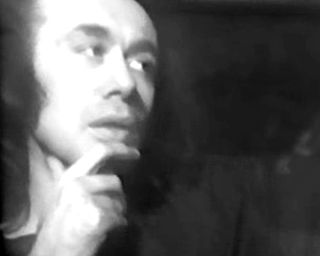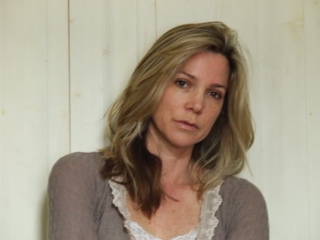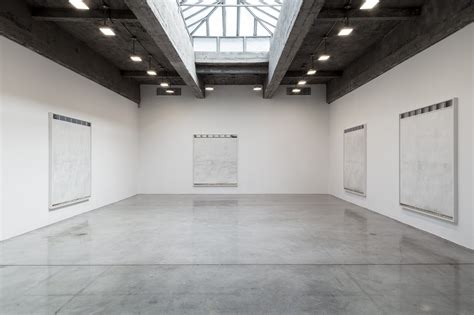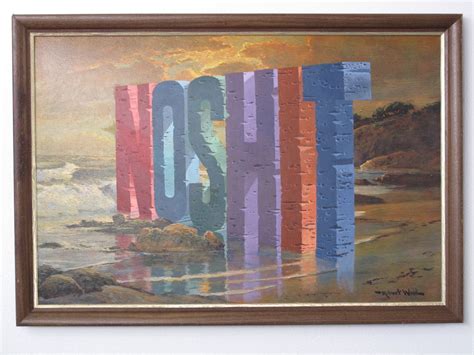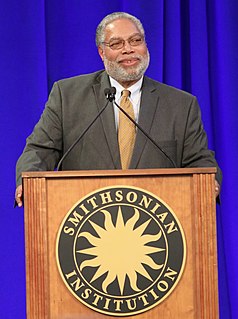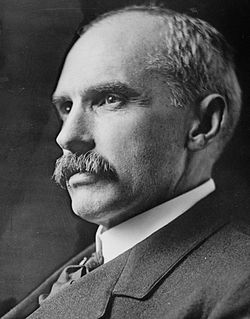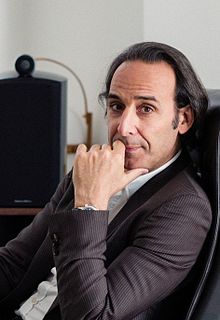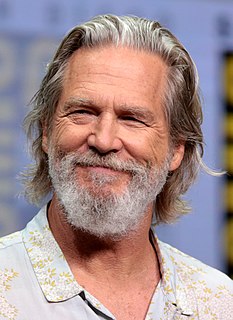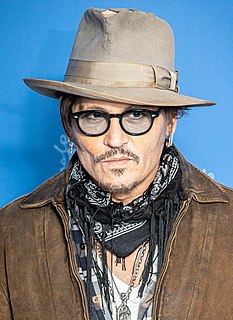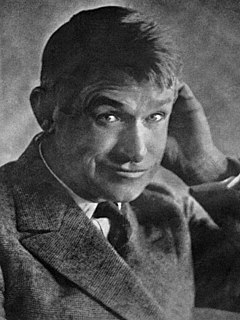A Quote by Sylvester Stallone
I'd live in a museum if I could. I used to spend hours and hours in the Museum of Modern Art.
Quote Topics
Related Quotes
The museum in D.C. is really a narrative museum - the nature of a people and how you represent that story. Whereas the Studio Museum is really a contemporary art museum that happens to be about the diaspora and a particular body of contemporary artists ignored by the mainstream. The Studio Museum has championed that and brought into the mainstream. So the museums are like brothers, but different.
I did make several trips to the very wonderful [Georgia] O'Keeffe museum. Besides the art (my favorite paintings are from her Pelvis series) my favorite thing about the museum is the architecture. I love how enormously tall the doors are - it is like going into a church. There is also something home-like about the layout of the museum. I wish I could live there!
When I was sixteen and knew nothing about art, I sat through almost six hours of Andy Warhol’s Empire. I did not understand it but thought: this is in a major museum, it must be important, what is going on here? I stayed until the museum closed. His Screen Test films are some of my favorite works made this century, but you need to give them back the time they took to be made.
It took the Metropolitan Museum of Art nearly 50 years to wake up to Pablo Picasso. It didn't own one of his paintings until 1946, when Gertrude Stein bequeathed that indomitable quasi-Cubistic picture of herself - a portrait of the writer as a sumo Buddha - to the Met, principally because she disliked the Museum of Modern Art.
I went to art school... but I worked at the Museum of Modern Art. I worked in fundraising at the information membership desk. I ended up, over a period of time, doubling the amount of membership revenue that came in through people entering the museum, so people would ask me to come and work for them.
I was brought up to understand Darwin's theory of evolution. I spent hours and hours in the Natural History Museum in London looking at the descriptions of how different kinds of animals had evolved, looking at the sequence of fossil bones looking gradually more and more and more and more like the modern fossil.
My education in the arts began at the Cleveland Museum of Art. As a Cleveland child, I visited the museum's halls and corridors, gallery spaces and shows, over and over. For me, the Cleveland Museum was a school of my very own - the place where my eyes opened, my tastes developed, my ideas about beauty and creativity grew.



